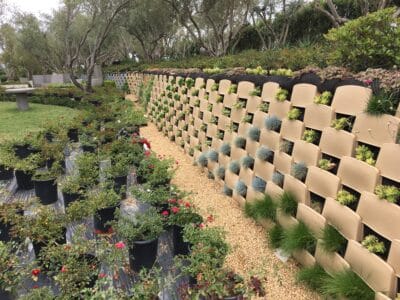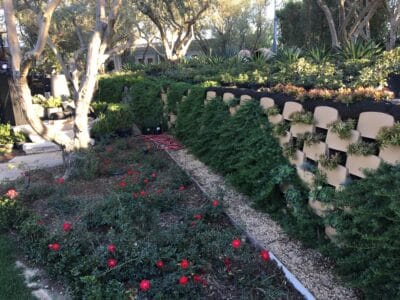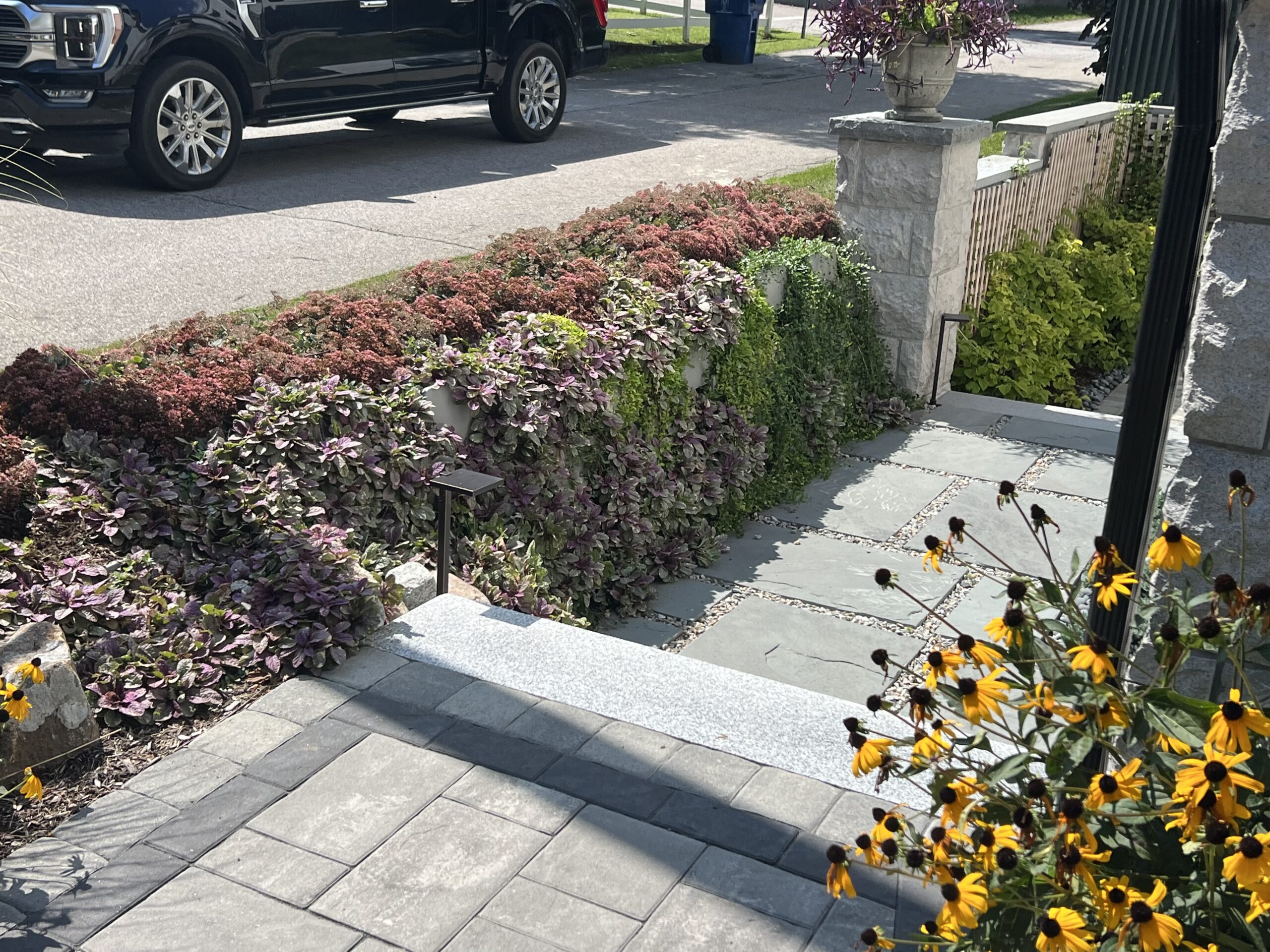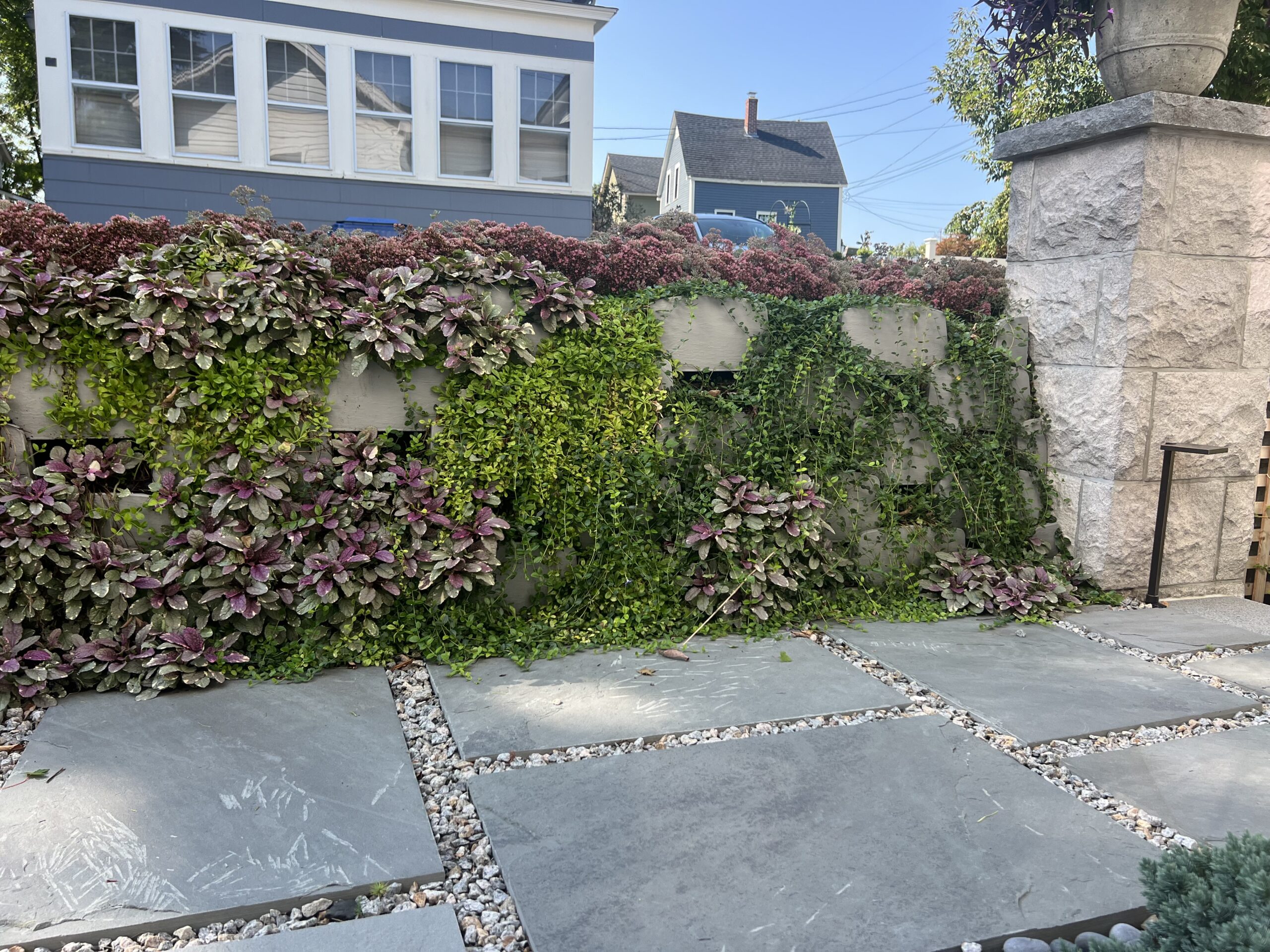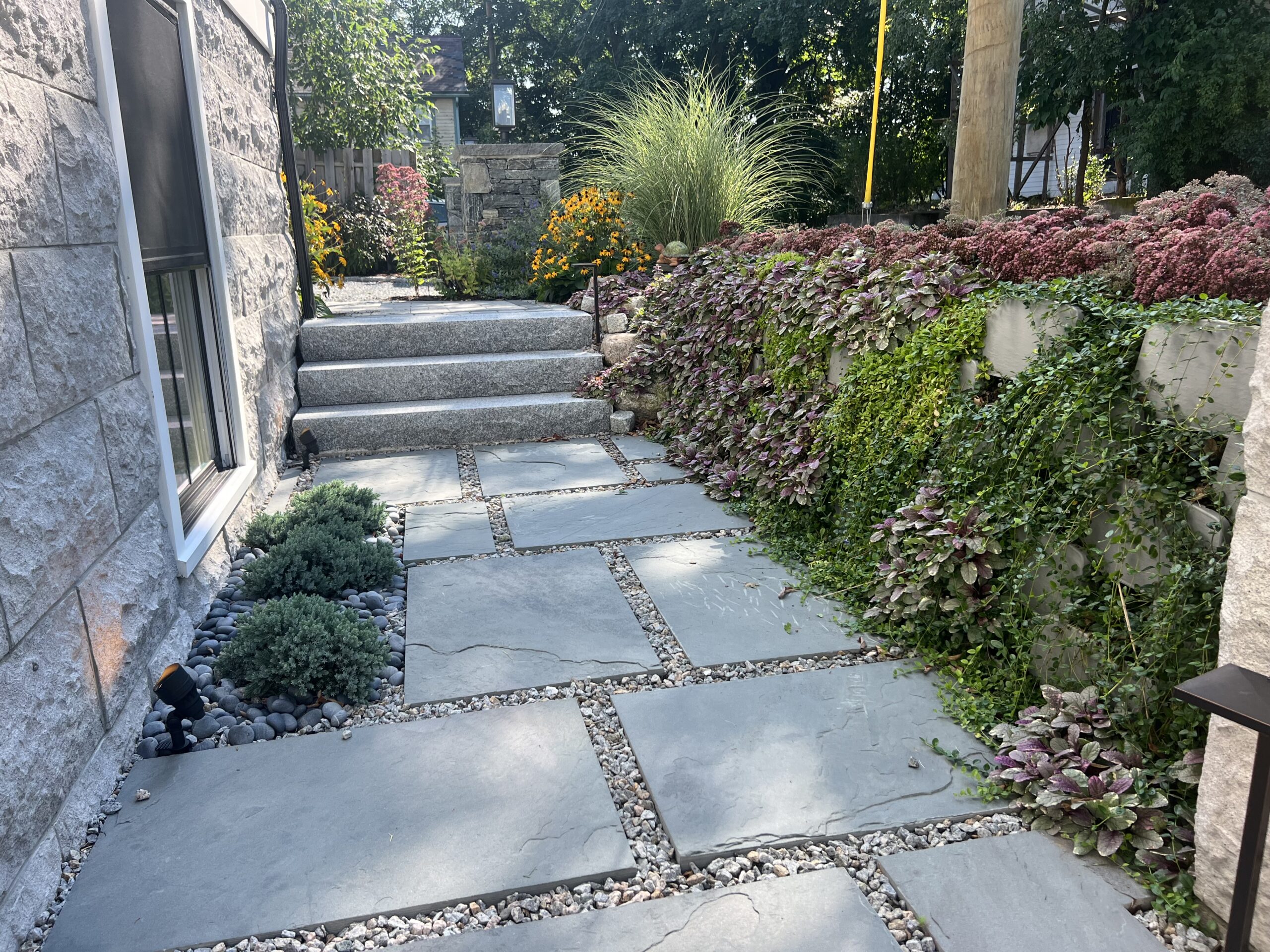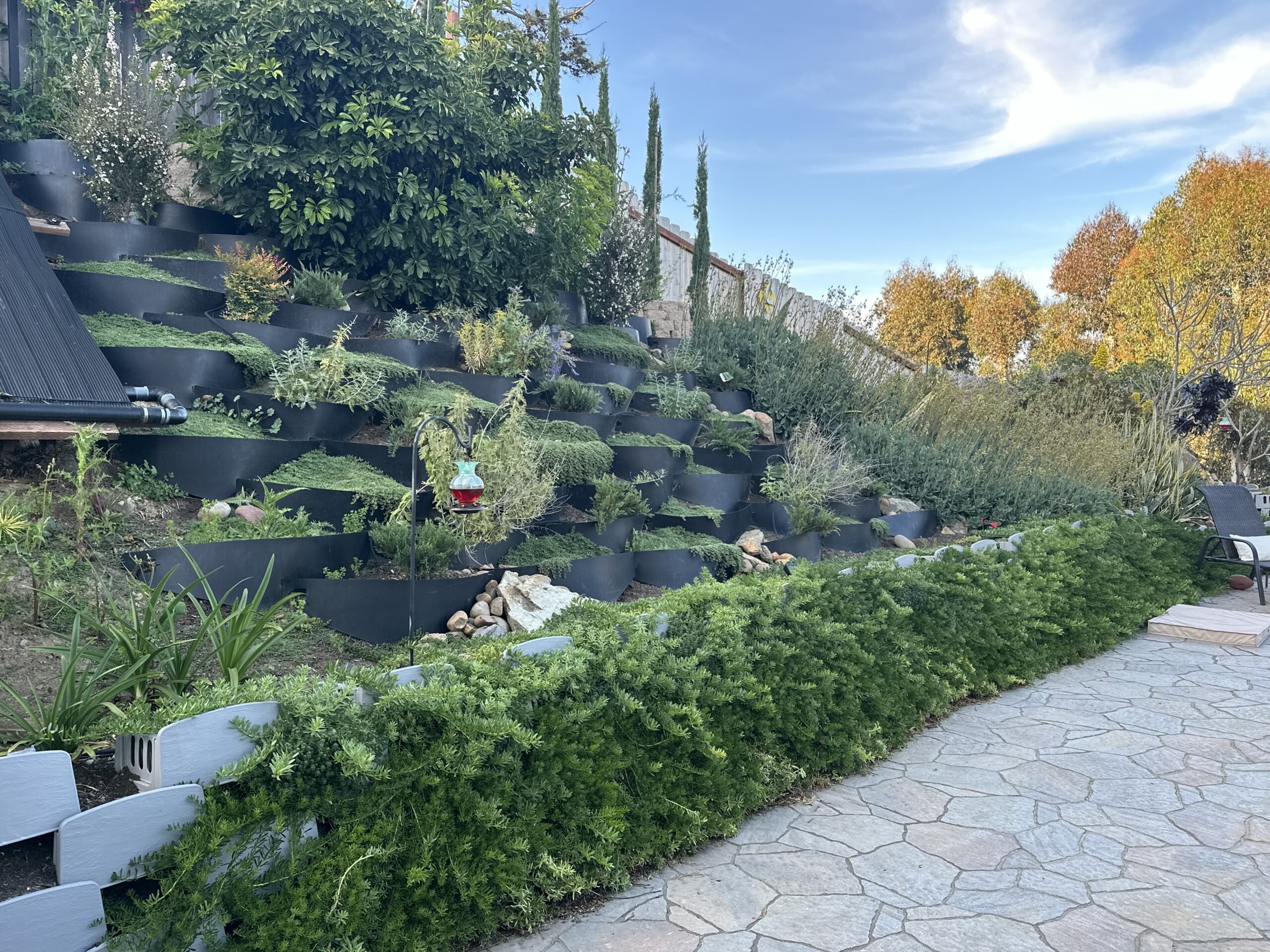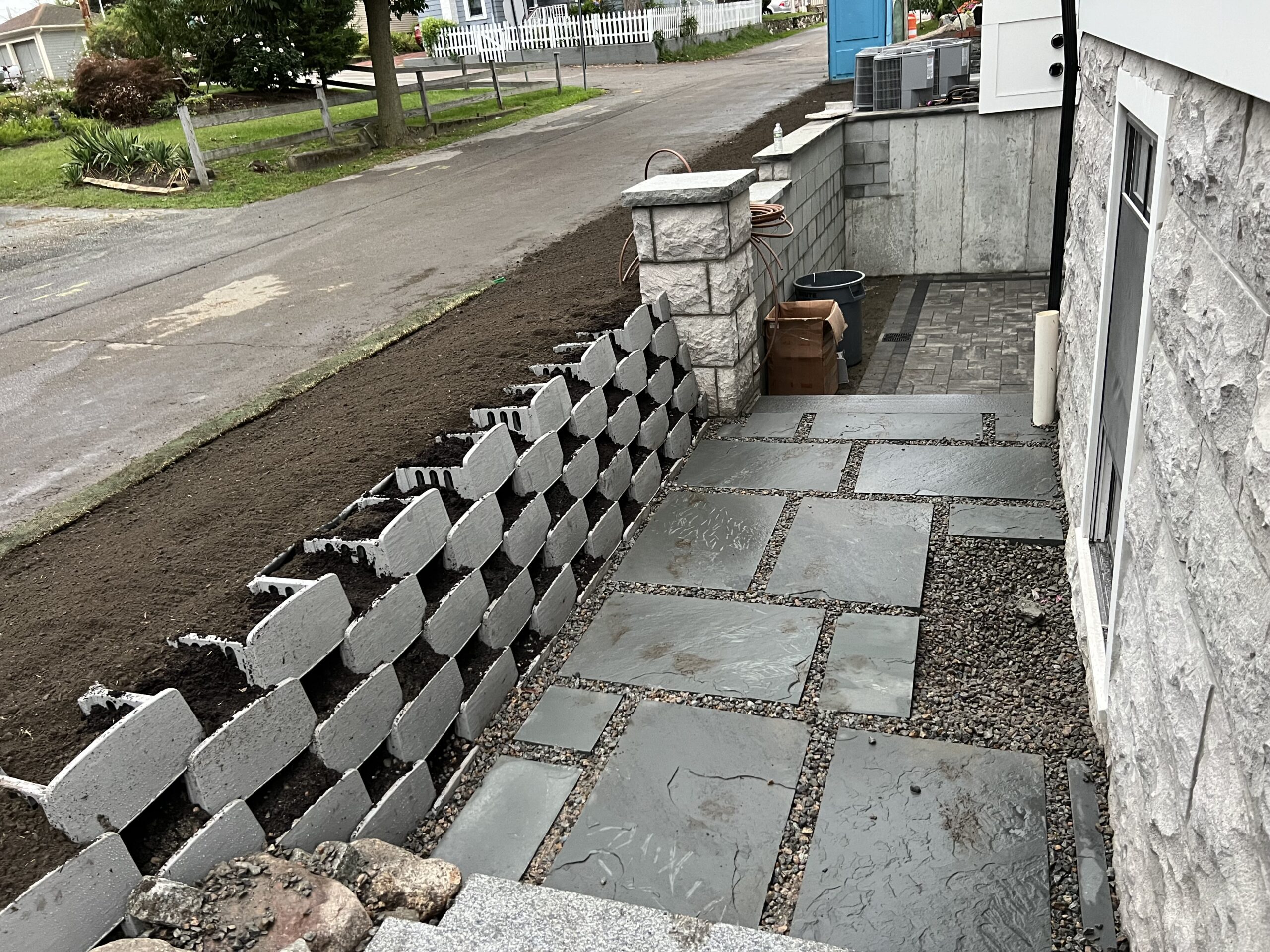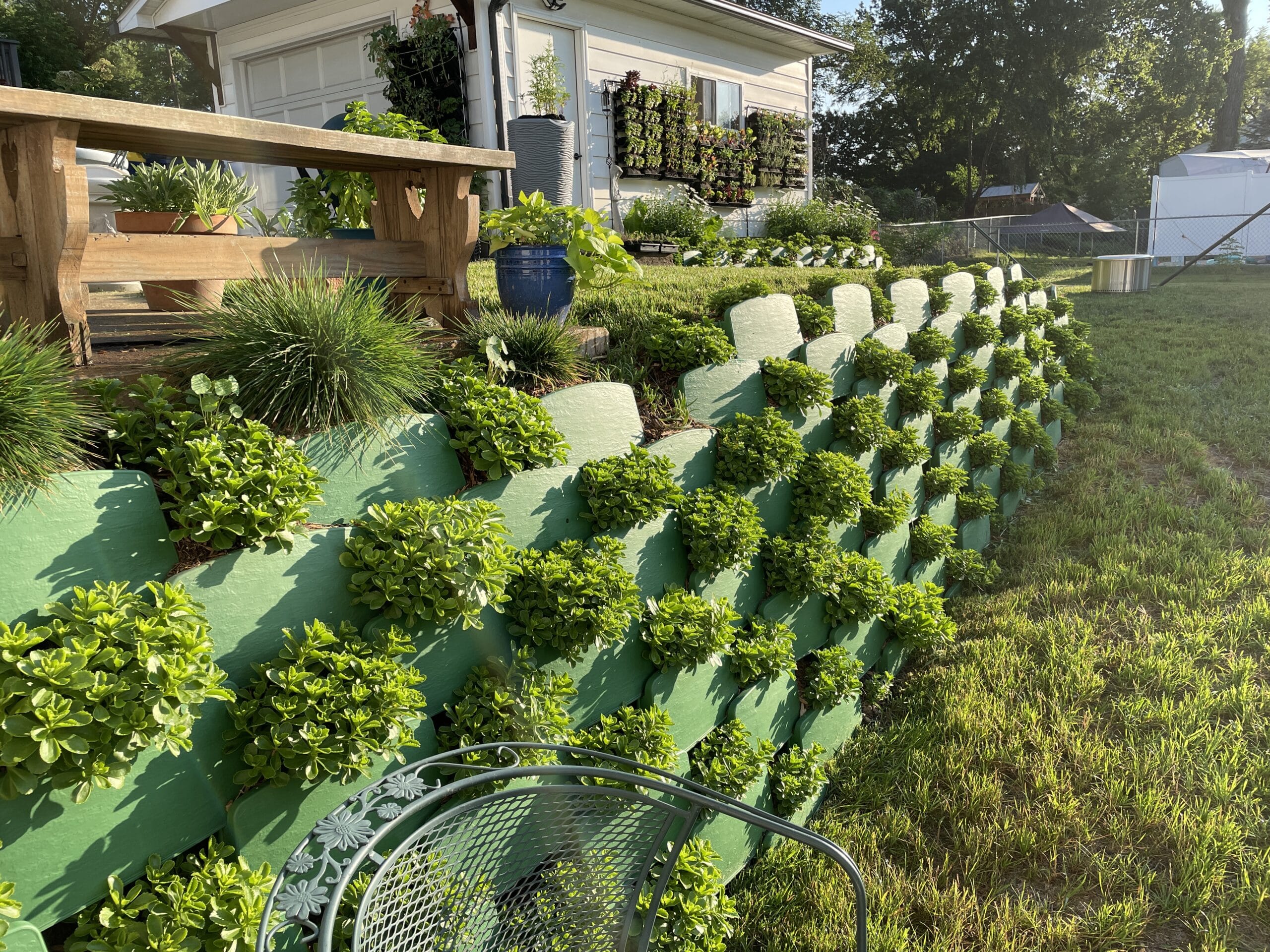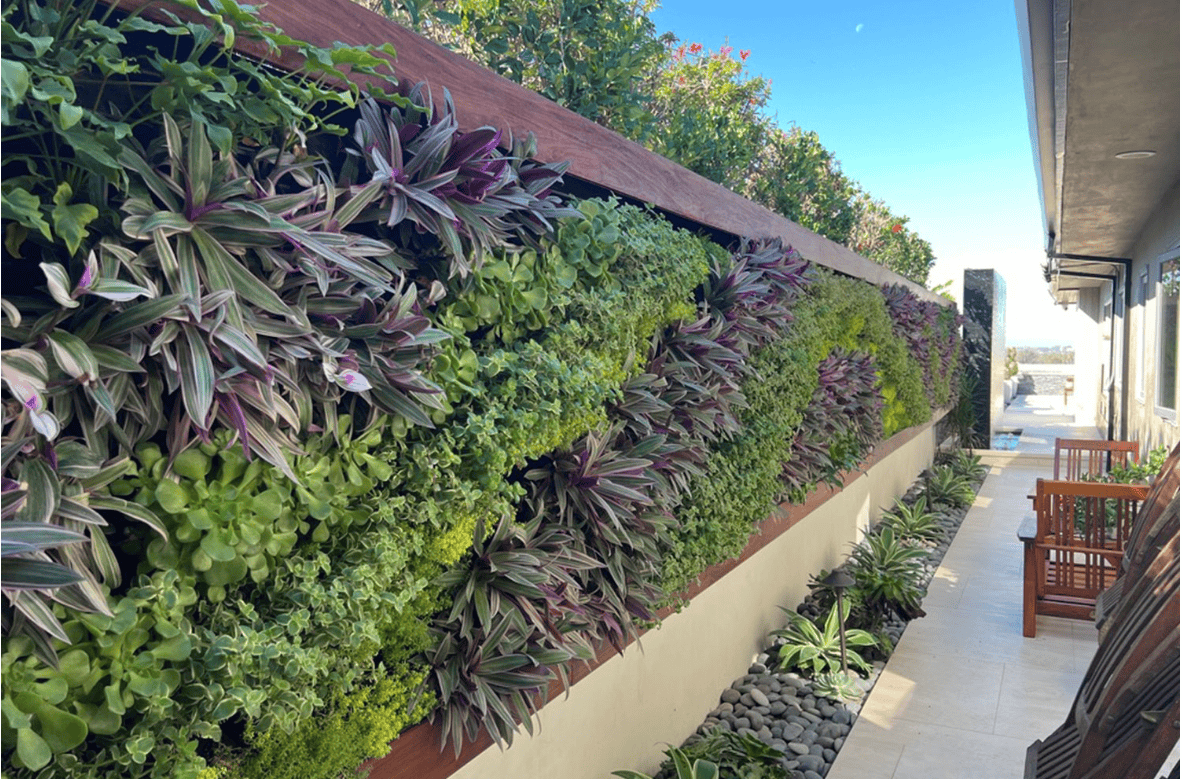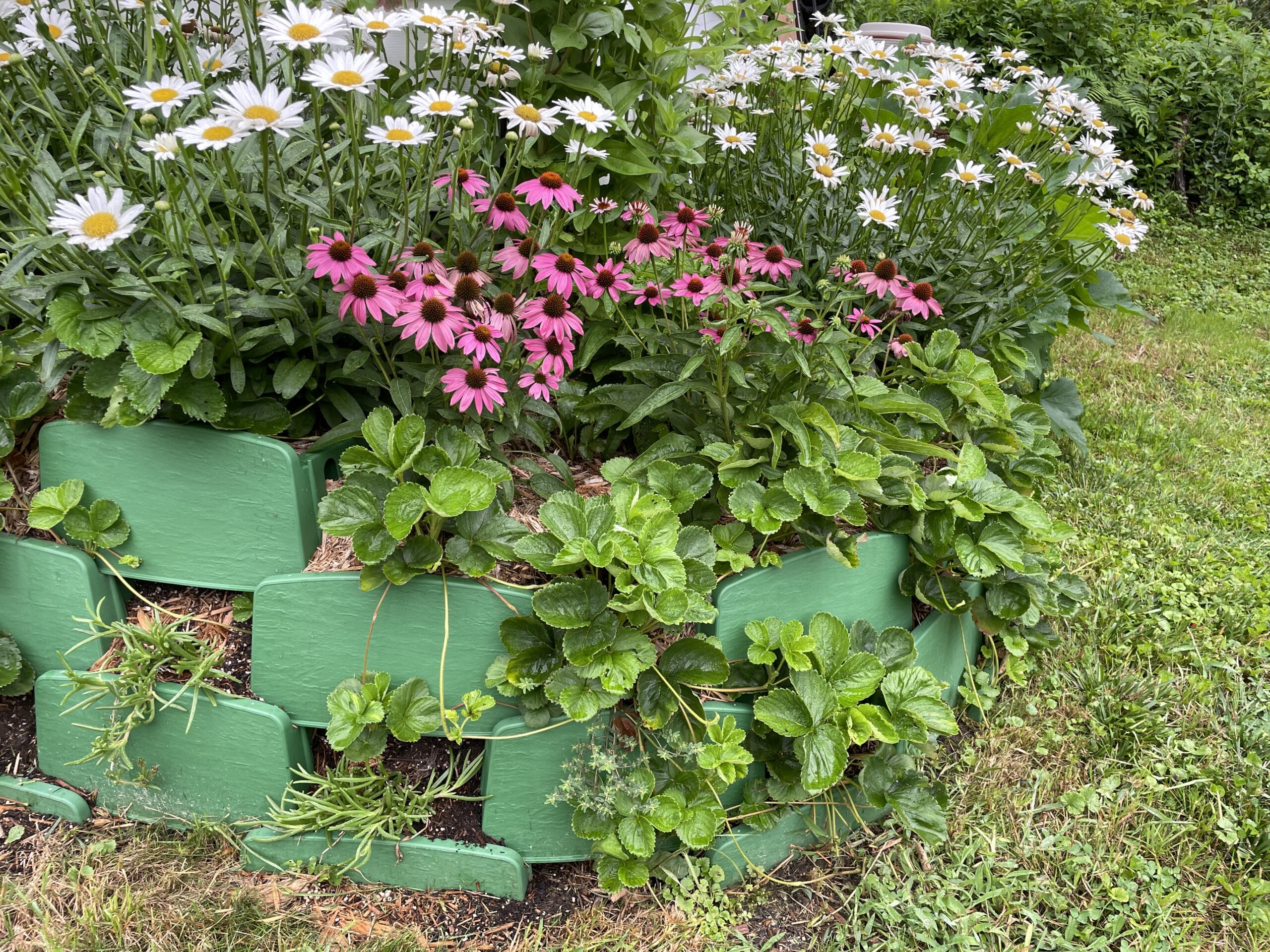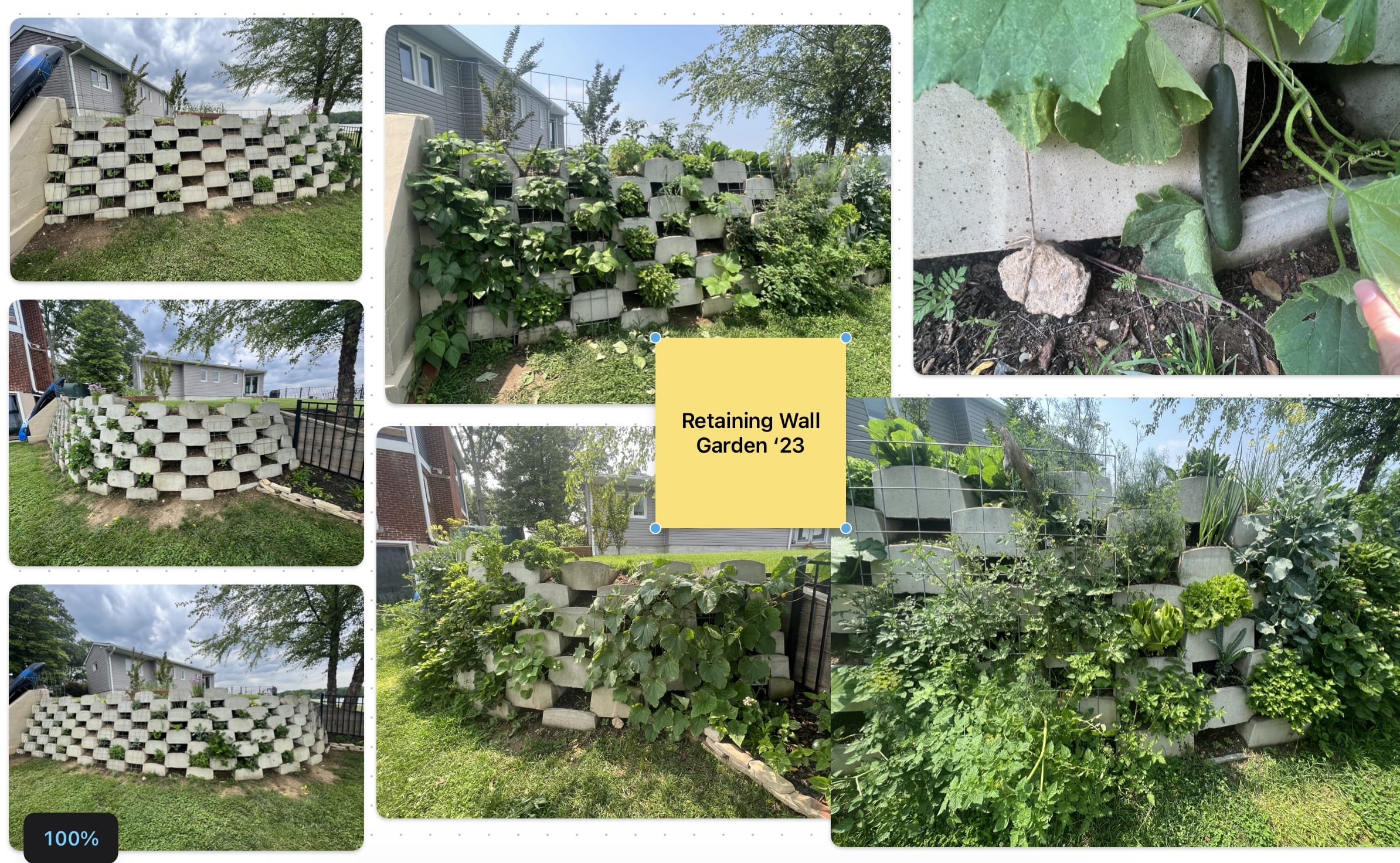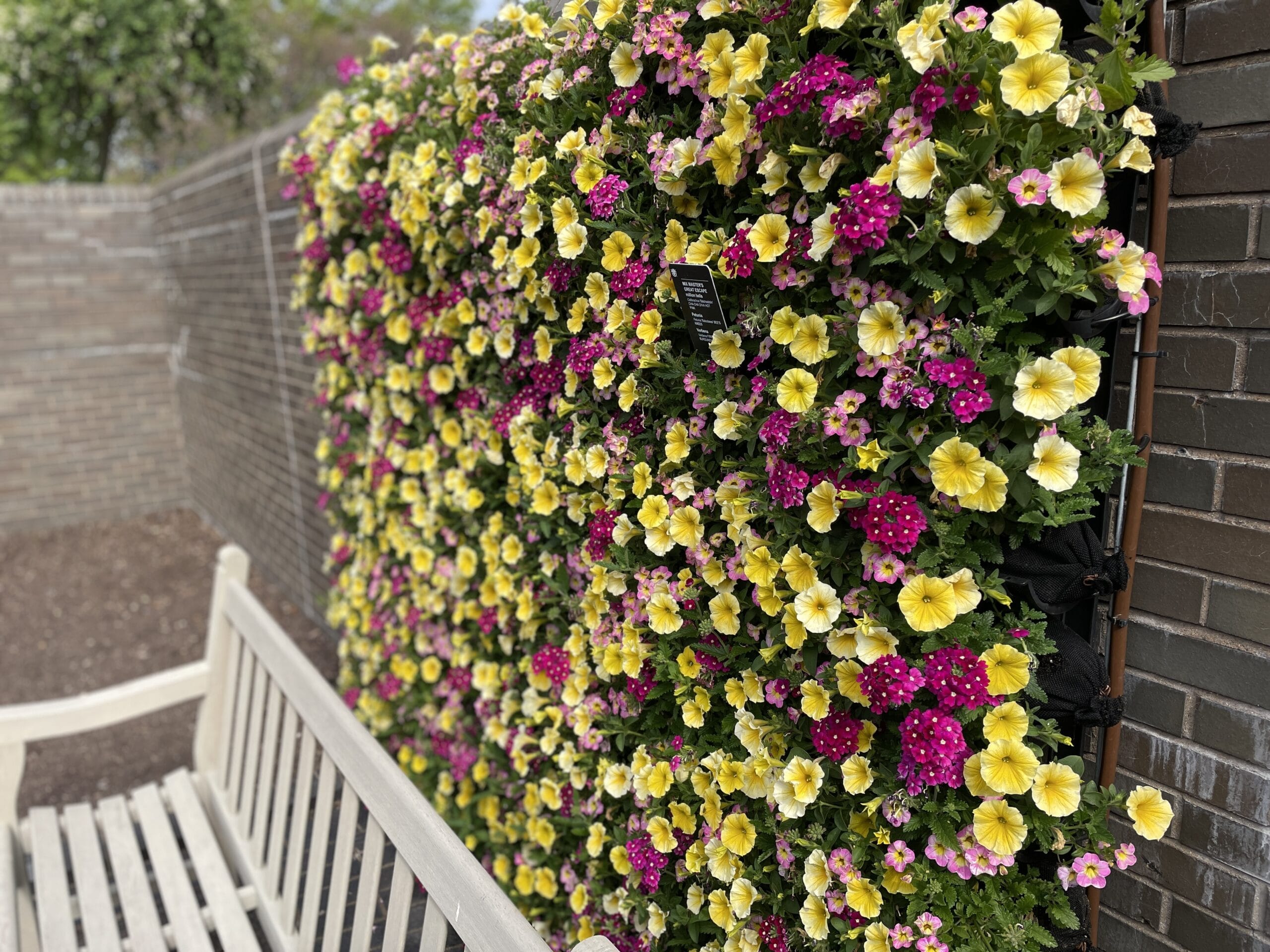The Beauty and Benefits of Living Retaining Walls
Beauty and Function in One Package!
Retaining walls are an integral part of many landscapes and have become common features in residential developments. Usually built with stone or modular blocks, they provide structure, and they can add “living” beauty to your outdoor space, rather than hard surfaces. Retaining walls also serve a functional purpose by levelling home lots and supporting the soil on sloped areas. However, there is one type of retaining wall that offers all these benefits plus more: living retaining walls. Let’s look at why living retaining walls are so special and explore some potential ideas for installing them in your own backyard!
How Can a Retaining Wall Be Living?
A living retaining wall is a type of retaining wall that includes plants in the structural elements. It can be made from interlocking concrete blocks or other materials such as plastic, wood, stone or even steel. The key difference between a traditional retaining wall and a living one is that the latter incorporates plants into the design. This provides several benefits over traditional walls, such as better drainage, increased stability through root systems, aesthetic appeal, and even food production in some cases! Click here for a helpful article I found on retaining wall types and costs for 2023.
In the case of our Varden Living Retaining Wall blocks, they provide a large pocket that is filled with soil during installation, which adds to its structure and provides the home for root systems of plants that will thrive in the walls face and cover the facing is a short period of time. The structure of the retaining wall will disappear beneath lush vegetation and become part of the landscape and not just a separator.
The Benefits of Living Retaining Walls:
Living retaining walls offer the same advantages as traditional wood, block or stone retaining walls for soil retention and lot levelling. Plantable wall blocks blend into the landscape, rather than separate it and will get more beautiful over time as the chosen plants growing in the wall pockets, cover the facing. Mature, planted retaining walls are hard to spot years down the road since they are covered in greenery. They create green-space, habitat for pollinators, urban cooling and stormwater retention for starters.
If you want to dig deeper, living walls sequester carbon in the retained soil (local compost is our favorite) and the plants pull carbon from the atmosphere year-round. That would not happen if the wall was more traditional, and no plants were included. Plus, their natural drainage system helps keep water away from your home’s foundation—which makes them an especially good choice for sloped properties where water runoff can be an issue. And lastly (but certainly not least), living retaining walls add visual interest to your landscape with their mix of colors and textures from the different plants used in the design. We have even seen entire edible gardens planted in the facing of living retaining walls and the crop is easily accessible and offers gardens in small or unused spaces.
Ideas For Installing These Beauties:
Landscape retaining walls come in many different sizes and shapes so there’s sure to be an application out there that suit living walls perfectly! If you want face plantings that are low-maintenance, then consider using succulents or vines—they require minimal care and will add texture and color to your garden without needing too much attention. If you’re looking for something more dramatic then why not try installing native grasses or native perennials? These types of plants will help create an attractive backdrop for any outdoor space while providing structural support for the soil behind them too! Pollinators will love the plant covered walls and you can count on a source of cut flowers for the table too!
How about some location ideas?
- Small walls around corners of homes
- Cut into slopes coming toward the home to make mowing easy
- Holding up walkways and driveways
- Side lot separators where fences may also be installed
- Raised planter beds
- Rain Gardens
- Tree Rings
Living retaining walls are both beautiful and functional additions to any landscape. Not only do they offer better drainage than traditional ones, but they also help increase stability through their root systems as well as adding visual interest. Whether you install succulents for a low-maintenance option or tall grasses for something more dramatic—there’s sure to be something out there that meets your needs perfectly! With living retaining walls, it’s easy to get beauty AND function all rolled into one package! Check out my tour of our very first wall from 1992 and see just how environmental and long-lived they can be.

